Field Guide (NQF2) – Selati
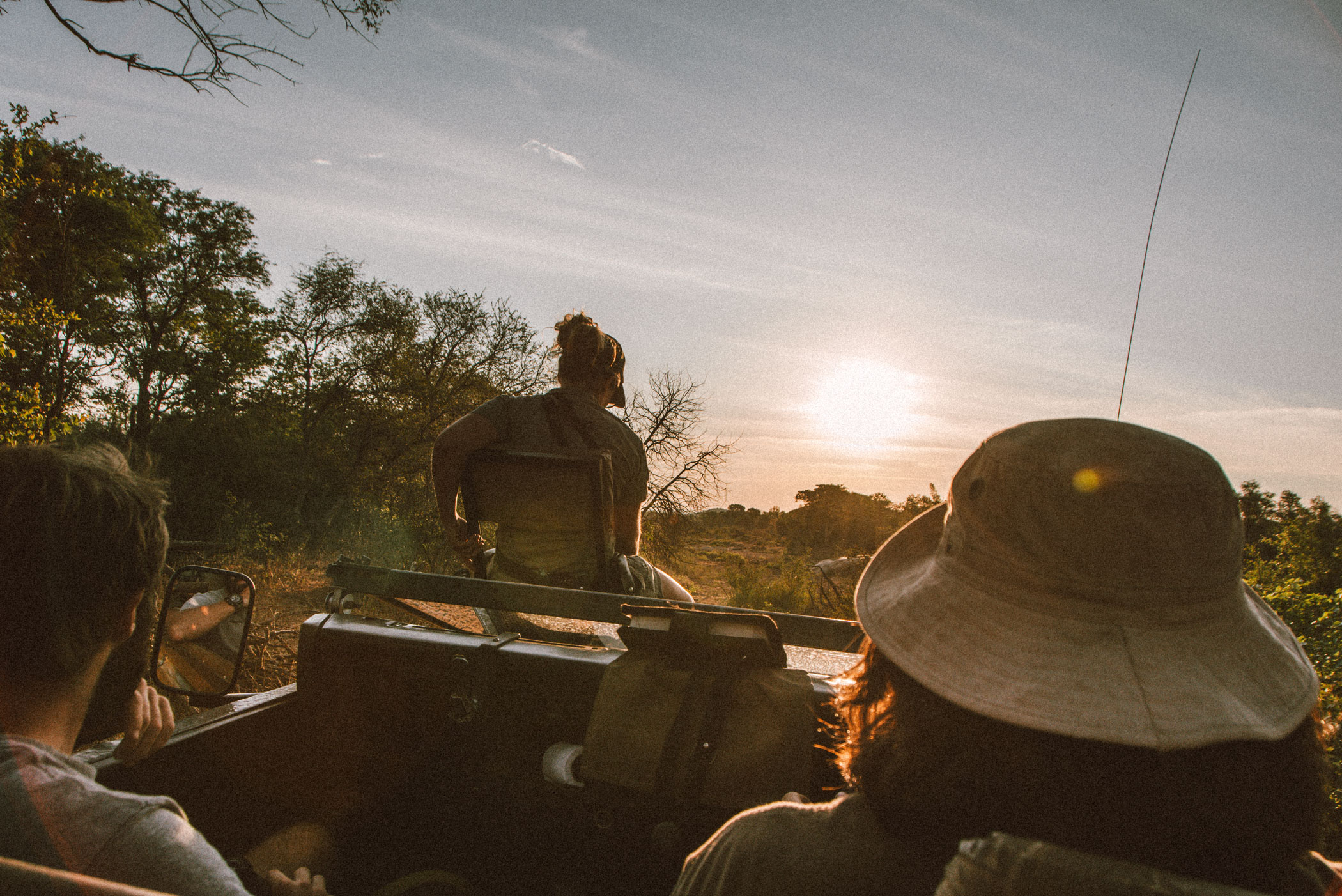
New camp. New instructors. New faces. Part two of my Field Guide training in South Africa kicks off in the Selati Game Reserve. Letting go of everything that stole my heart during four wild weeks in Makuleke is tough. Charging headfirst into the unknown? Even tougher.
It’s not because the next chapter won’t be great too — ’cause it most certainly will, but because, deep down, I’m still just a little sissy with a pulse that races at the thought of what’s lying ahead. The exams are barreling toward me, relentless. The pressure builds, the expectations loom larger, and my self-doubt? It’s keeping pace, step for step. After my first drive in Selati, I hit a wall: „I can’t do this.“ The mere idea of an assessment drive freezes me with panic. I’m out. Yet I keep trying — digging into books, questioning, observing, slowly piecing things together.
Selati isn’t Makuleke. It doesn’t have that same raw magic, that untamed pull that grabbed me from the first second. Its beauty is quieter, earned. This land wasn’t always wilderness. For decades, it was ranchland — overgrazed, eroded, reshaped by human hands. The marks of that history linger, tangled in the brush and soil. That’s why conservation here isn’t just theory; it’s repair work, slow and vital. The 28000 hectare reserve is considered a closed system, allowing rangers rebuild what was lost and preserve what still is: Black rhino, their very presence a victory against extinction. Ancient cycads, living fossils with Selati harbouring the only naturally occurring colony in the world. And the majestic Sable Antelope, once dwindling, now thriving under Selati’s breeding program. A closed system, yes, but one pulsing with second chances. What it lacks in wild mystique, it repays in opportunity for exceptional sightings.
Choosing wonder
over worry
As exam week looms, the Sign-offs become all-consuming. That sacred checklist: identifying birds like some over-caffeinated field guide bot, interpreting alarm calls in our sleep, reciting tree uses as if they were incantations. Some fellow students thrive on it — obsessively ticking boxes, fueled by rivalry and sleepless caffeine highs. They skip sunset drives to drill frog calls, trade tracking tips like state secrets, and measure progress by who checks boxes fastest. But that desperate sprint to outrun everyone else? It sucks the joy out of the dust, the golden light and the quiet moments between lectures and drives. The more we master for the exams, the less we are present in the place itself. Selati deserves better than our panic-highlighted field manuals – and so do I.
Stepping back from the frenzy lifts the weight off my shoulders and probably saves me from a full-blown bush burnout. I’ve reclaimed my Makuleke spirit by deciding not to do the assessment drive. Instead I drink in every single morning walk, Savanna sundowners and campfire nights, where stories matter more than test scores. I’ll still sit that theory exam. I may well fail. But if I do, it’ll be with the smell of rain on tamboti leaves in my memory and no regrets for choosing wonder over worry.
And then comes that day that shatters my newly gained peace of mind all over again … Who on earth would have thought I’d pass this blasted theory test?
It’d be insane not to give the assessment drive a shot now, right?
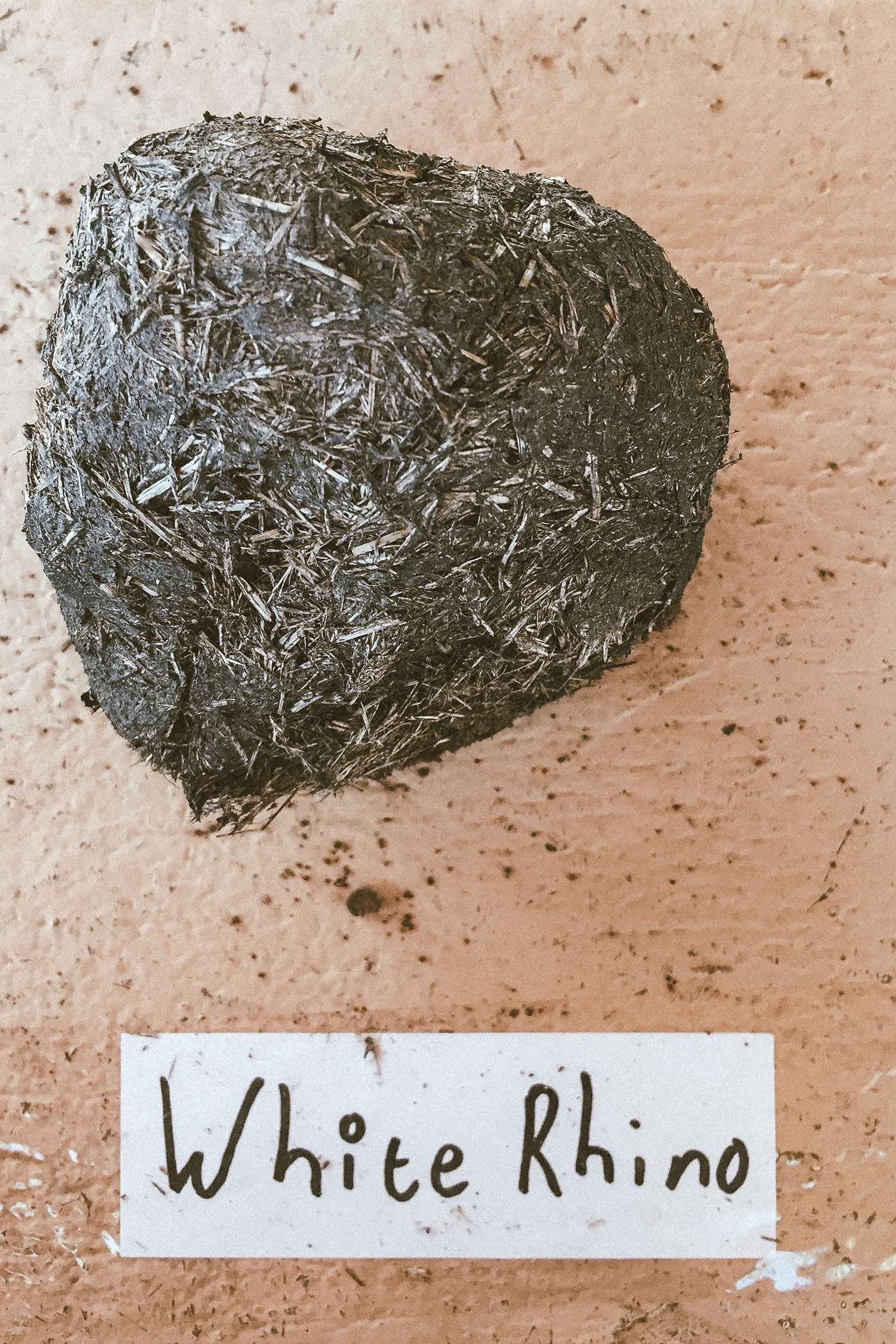
The White Rhino (see picture above) feeds exclusively on grass, unlike the Black Rhino. Its dung is relatively fine and, due to the high melanin content in the grass, appears dark. Its entire body structure is adapted to grazing: the head is held low, the mouth is wide and close to the ground — hence the name Square-lipped Rhinoceros.
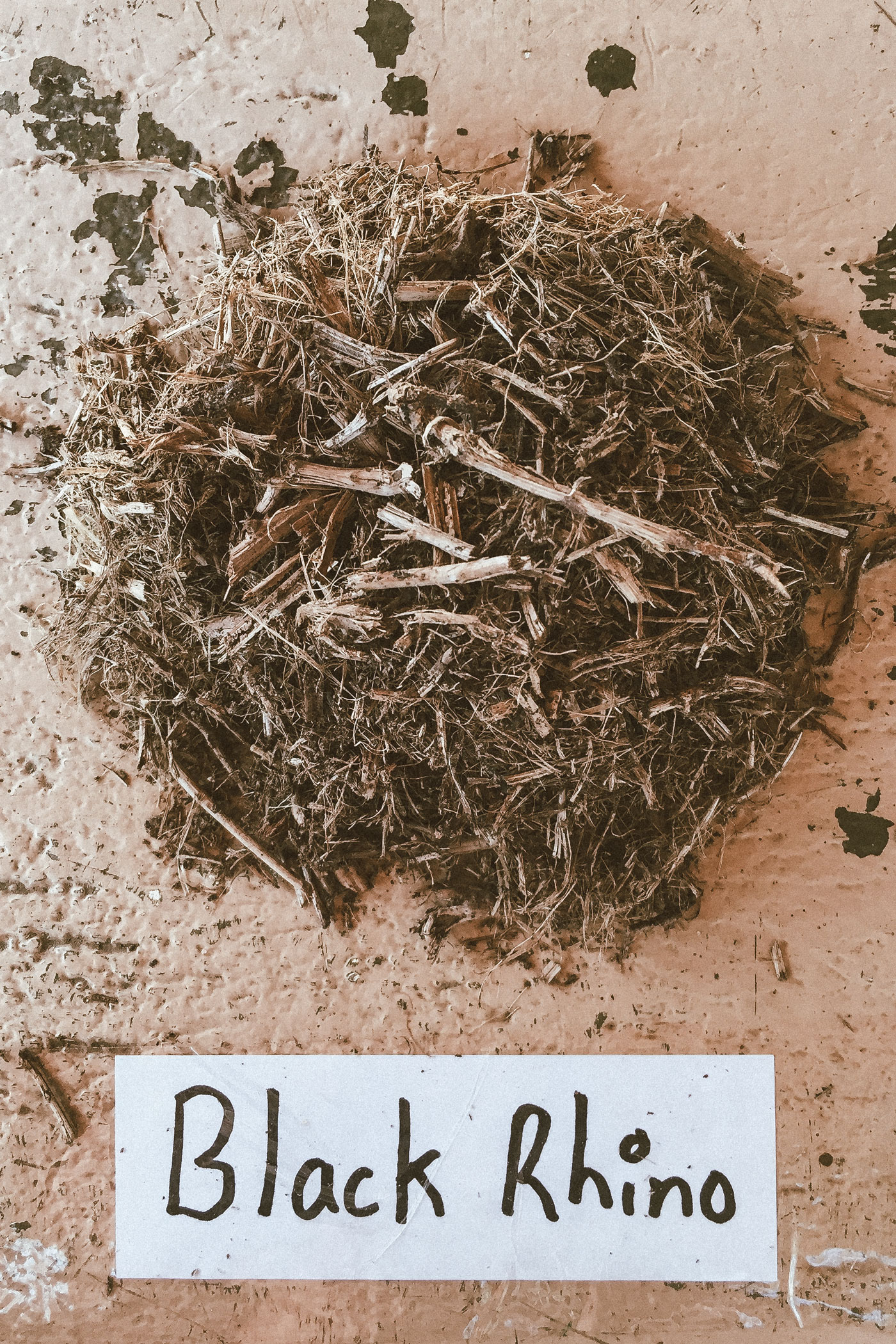
The Black Rhino, or Hook-lipped Rhinoceros, is a so-called ,browser‘ and feeds on leaves and twigs. Its head is significantly smaller, allowing it to hold it up high while feeding from trees. Its dung is lighter and coarser than that of its grass-eating counterpart. Another typical feature is the small twigs in its droppings, which are snipped off at a precise 45-degree angle.
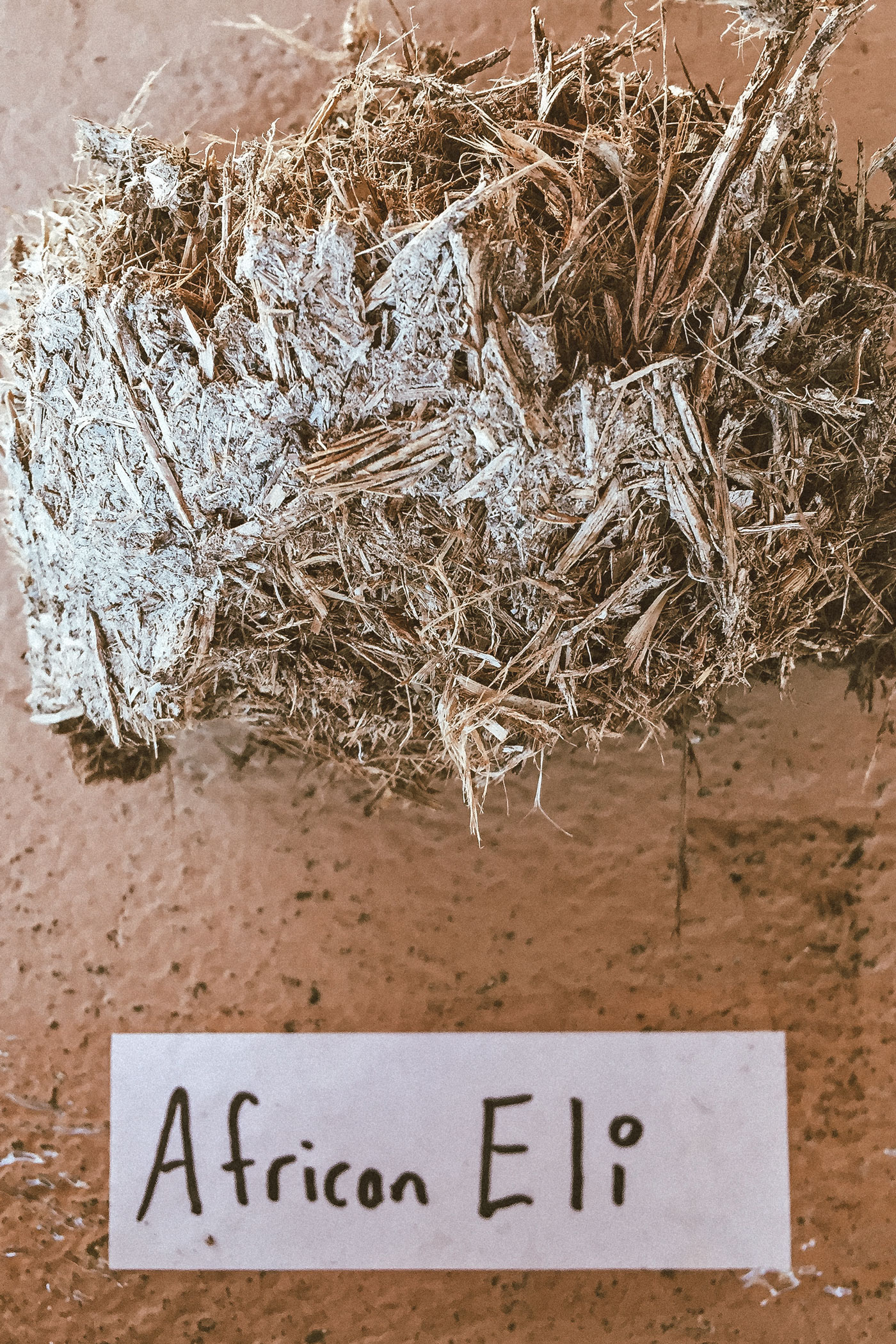
Elephants are also primarily browsers. They consume up to 300 kg of leaves, seeds, fruits, bark, and roots per day, leaving behind as much as 100 kg of dung. Their digestion is rather semi-efficient, so their droppings are very coarse and fibrous — but extremely energy- and nutrient-rich. Undigested fruits and seeds provide food for other animals.
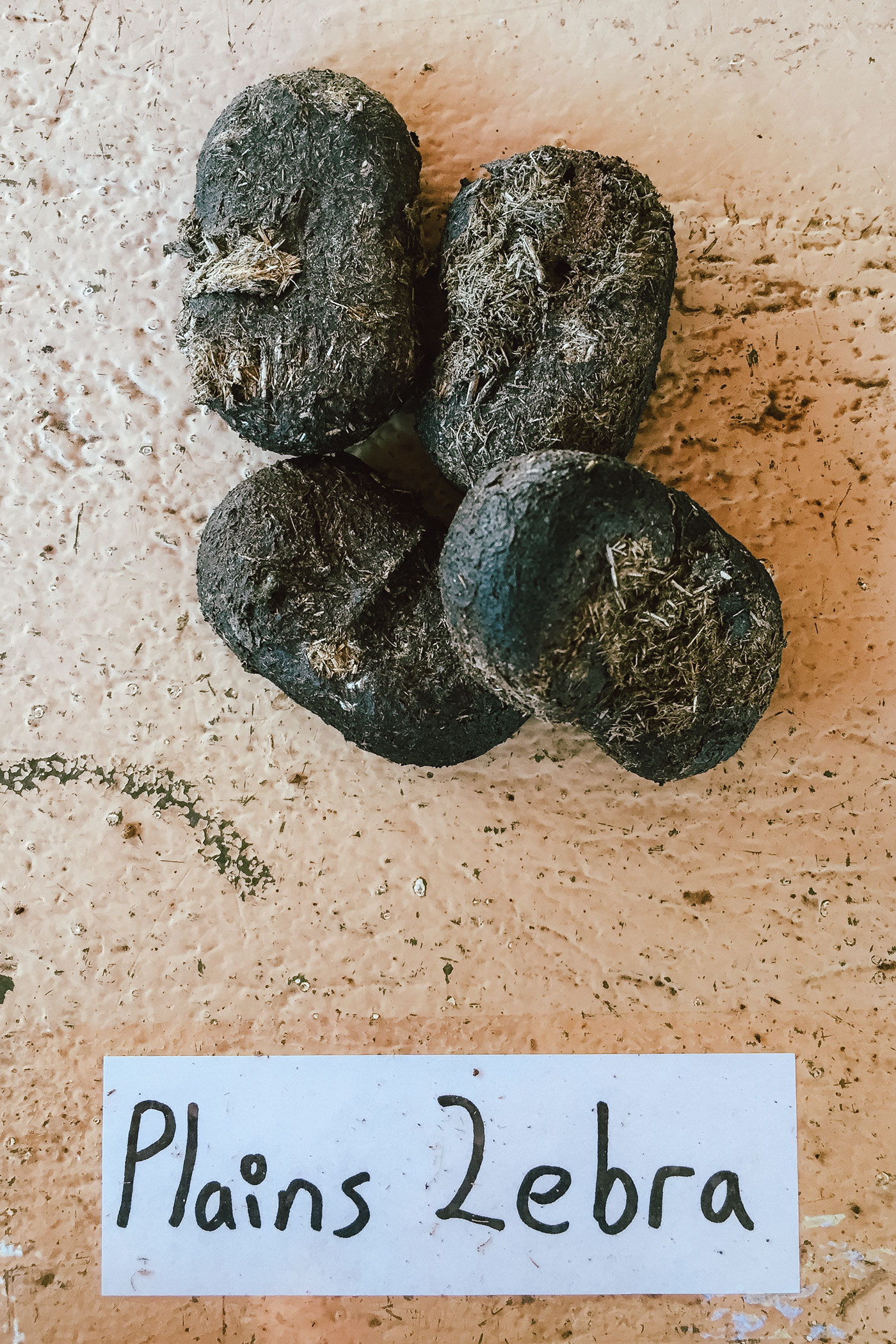
Zebras are bulk grazers, feeding exclusively on grasses. Unlike ruminants (e.g. buffalo), they rely on hindgut fermentation — a speedy process that lets them eat large quantities quickly but extract fewer nutrients. Only about 45% of their food gets fully broken down. Zebra dung has a distinctive and regular kidney shape, usually dark brown or black.
The art of wingin’ it
Hesitantly I eventually scrawl my name at the very bottom of the assessment list — last in line. There is a little recap: I’ve guided exactly one drive in Selati. I don’t know the routes and I barely know the vehicle. But hey — why choose the easy path when you can plunge headfirst into the unknown?
Eloquence is clearly not in the cards — that ship had long since sailed. So here’s the backup plan: I’ll have to rely on a spotless Game Viewer and borderline-obsessive prep instead. The briefings are locked in, the hosting well thought through — complete with traditional snacks to flex some plant expertise. And the route? Oh, I’ll just shamelessly borrow a colleague’s foolproof landmark-studded path. As for the rest? That’s what the sundowner gin level is for. Sorted!
As champagne corks pop and new guides celebrate, camp morale soars — while I spin tighter than a spider’s web in the wind. Then comes the day itself. Nerves strung taut, I move through the bush with tunnel vision, half the creatures along the road escaping my notice as we bulldoze straight through the savanna. Yet slowly, almost imperceptibly, something shifts. By our first stop, the rhythm finds me — the words come easier, the sightings smoother. The afternoon light stretches golden and hopeful across the land as we stop for sundowners in the riverbed.
On the return journey, in a moment that will live on in my personal hall of shame, I somehow fail to mention the Jurassic Park sized branch, that nearly sends my squiffy assessor into orbit. He’s not amused. Luckily the two Amarula shots and a beer during sundowner break must have reduced his pain perception. Redemption arrives on silent paws: a lioness in the golden grass, so close to the road we can hear her breath. A perfect 5/5 sighting — the kind that even lets my assessor’s strained expression soften.
Three hours of safari-by-fire later, as the sun spills its last light over the bushveld on November 28, 2017, it’s over. My Field Guide training culminates in four words, that are the sweetest music to my ears:
„Congratulations, you have passed.”
Earned not through perfection but through perseverance — through every missed bird call, every fumbled fact, every moment of doubt overcome. Somehow, against all odds, I had stumbled my way into belonging. And with it, my ambition for more stirred awake.
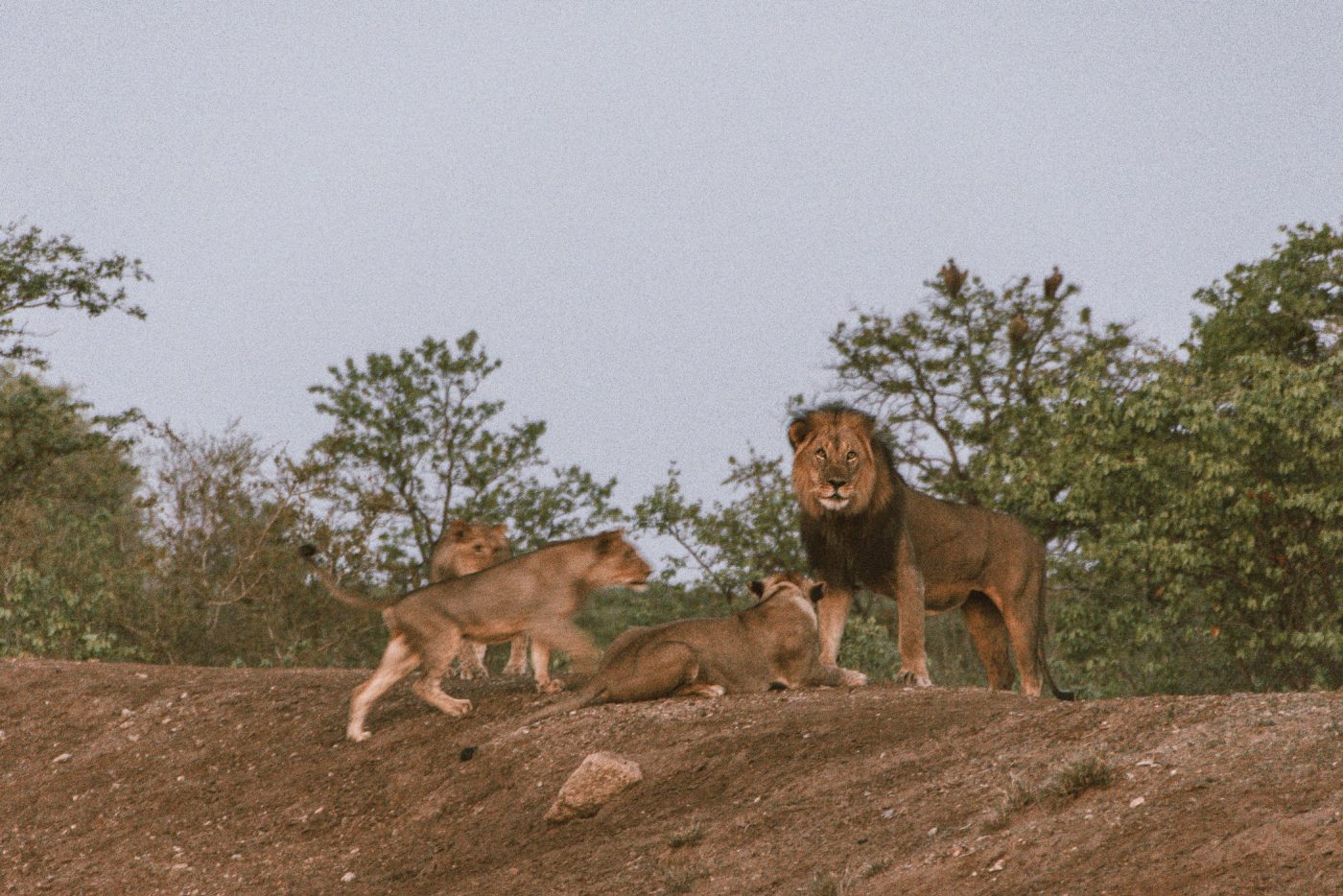
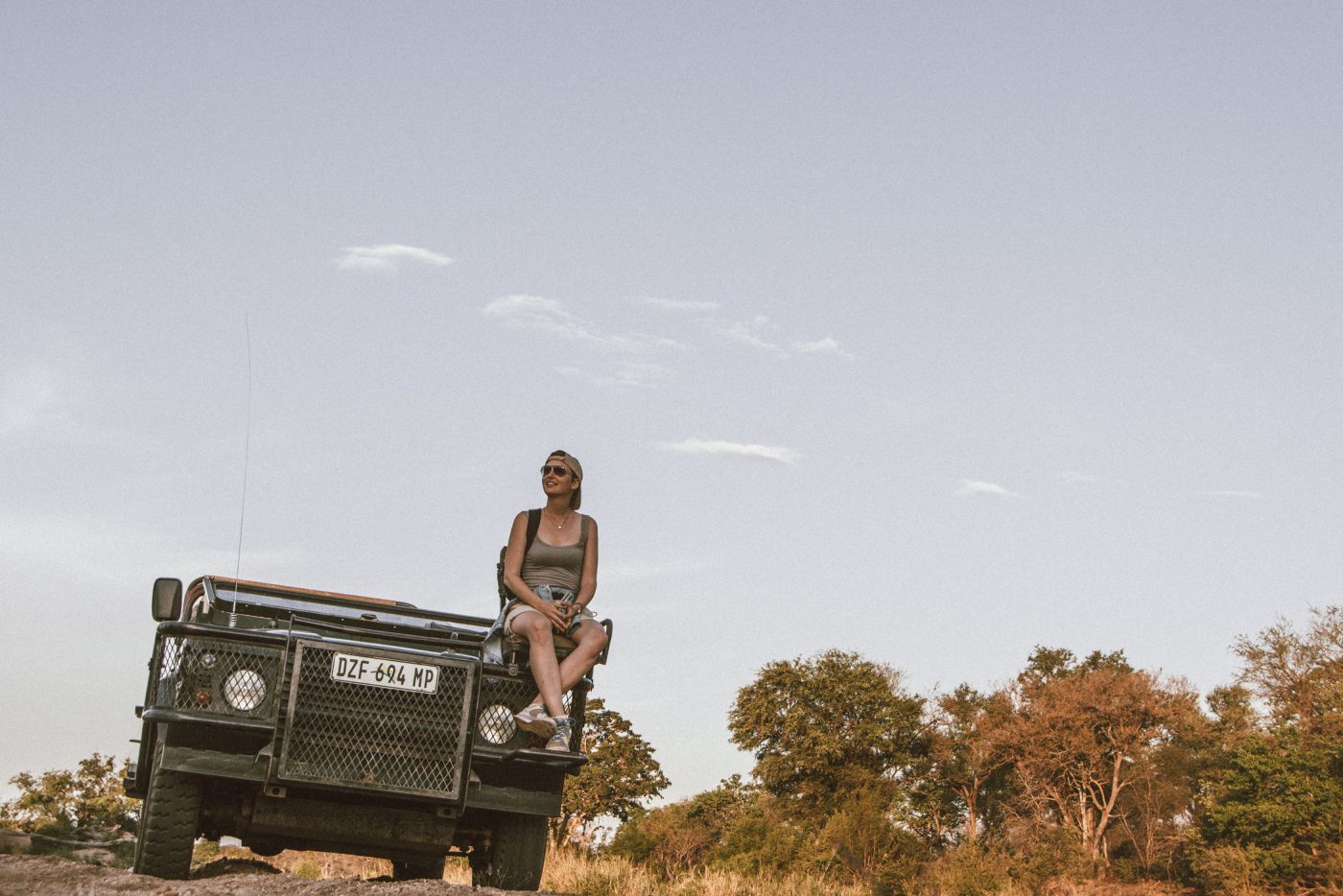
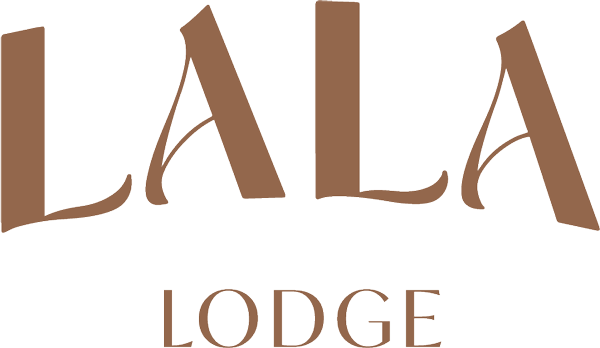
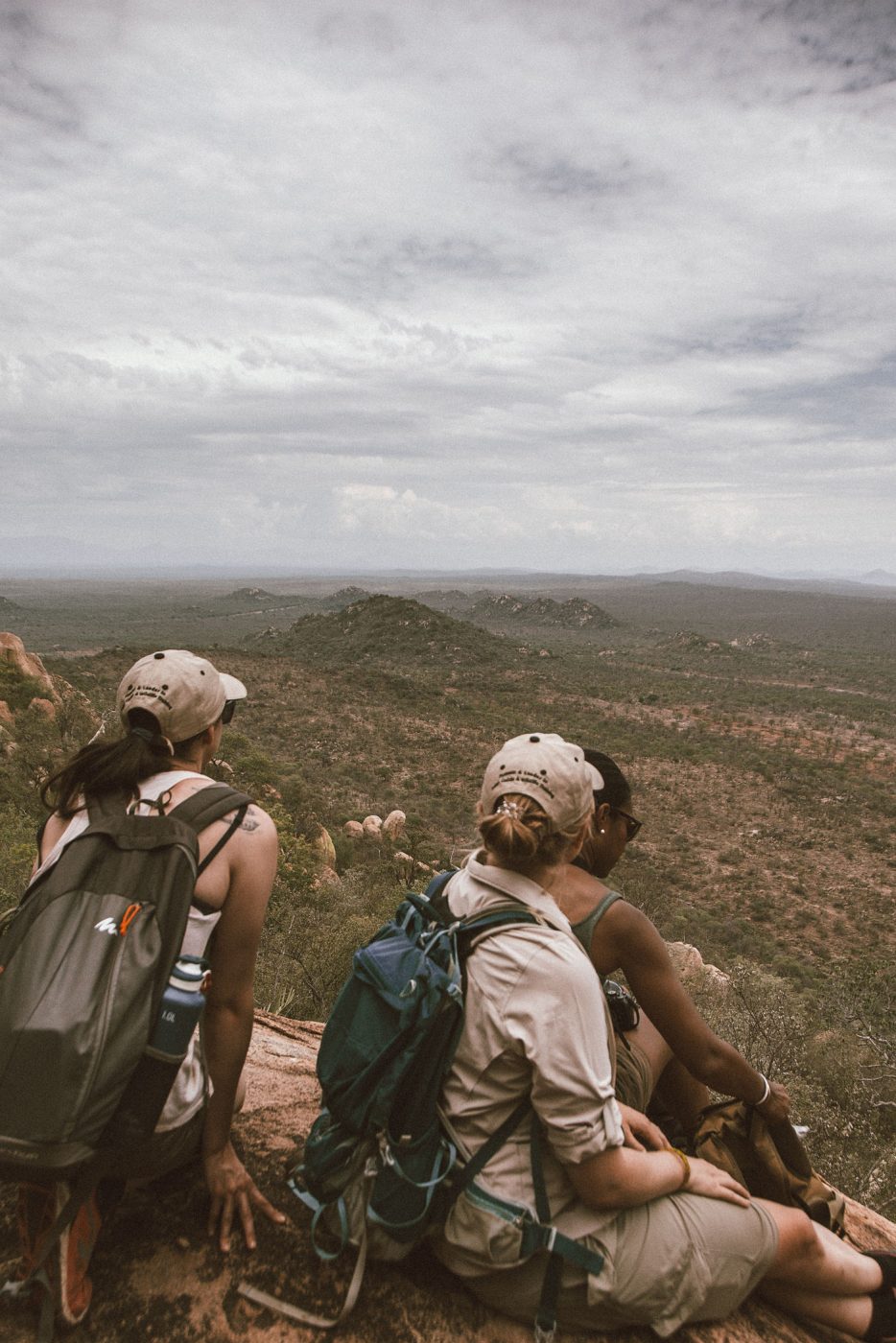
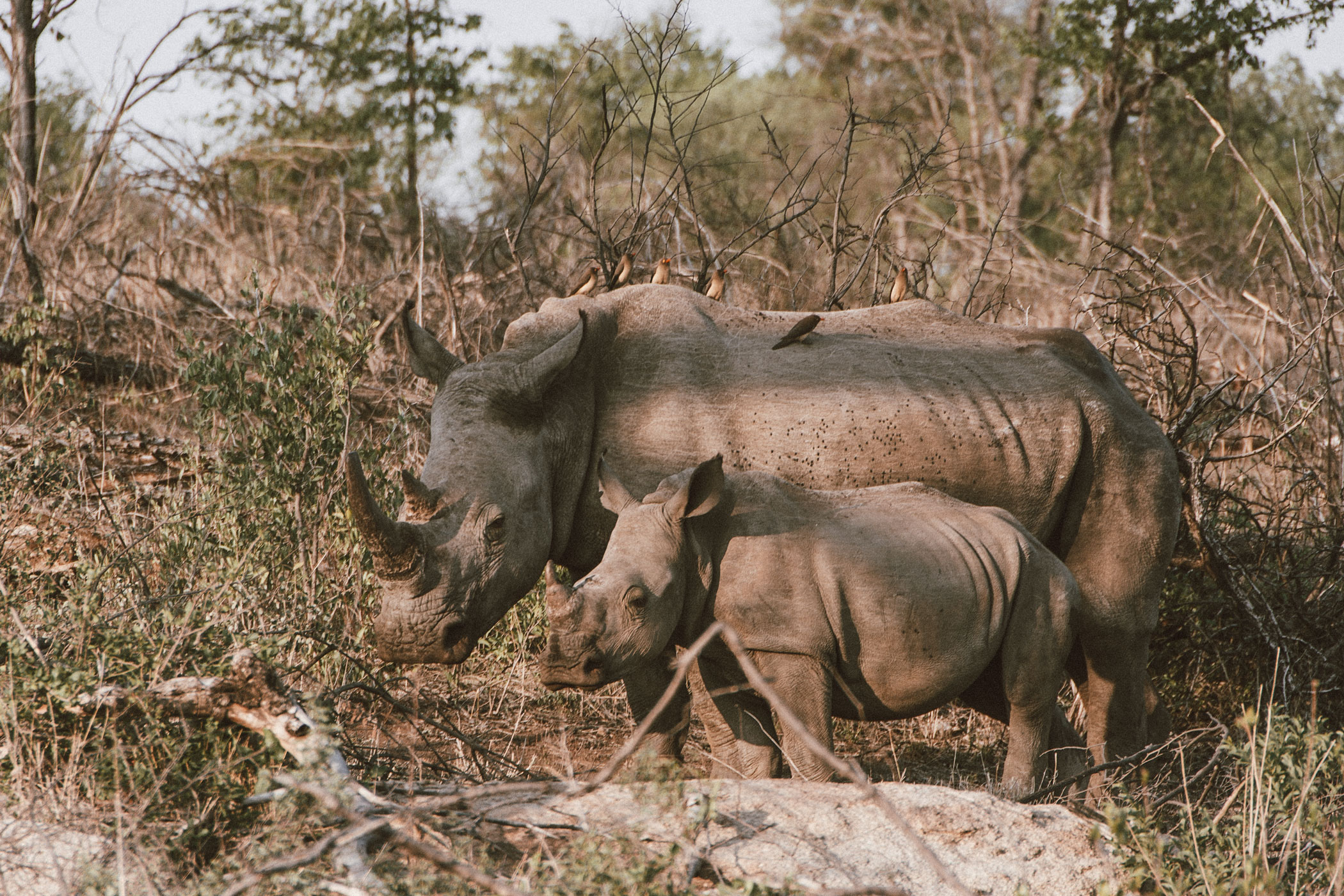
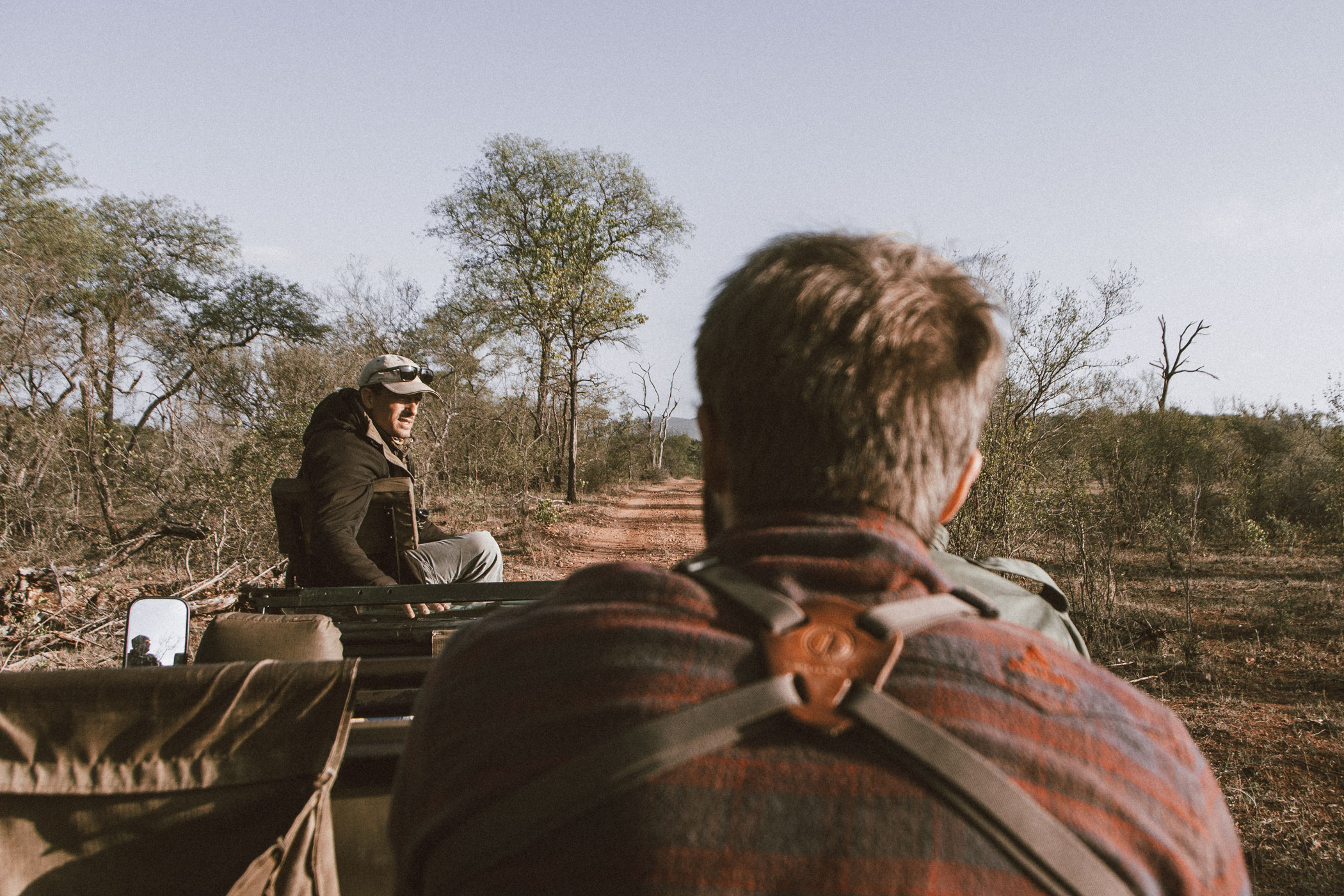
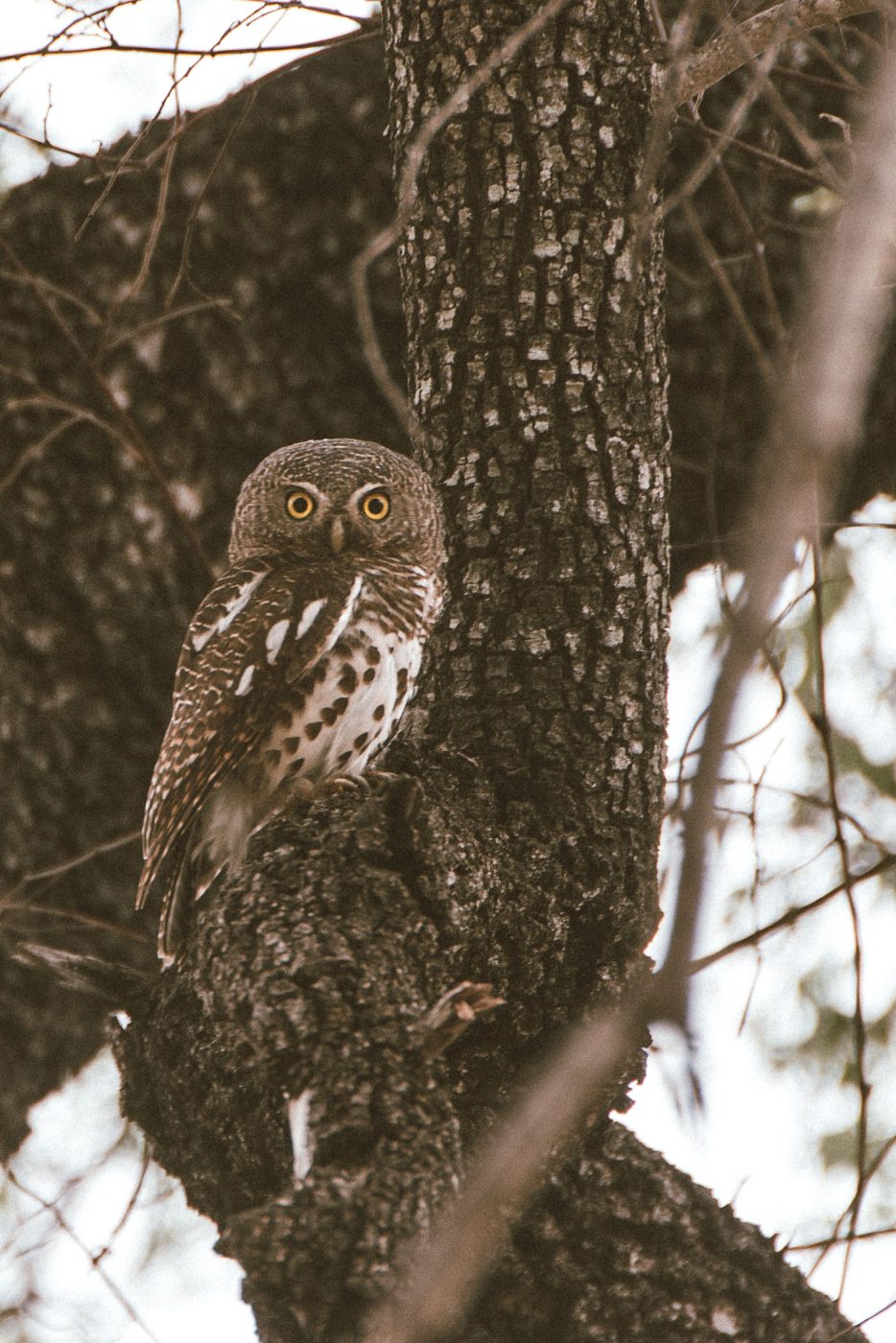
Leave a Reply